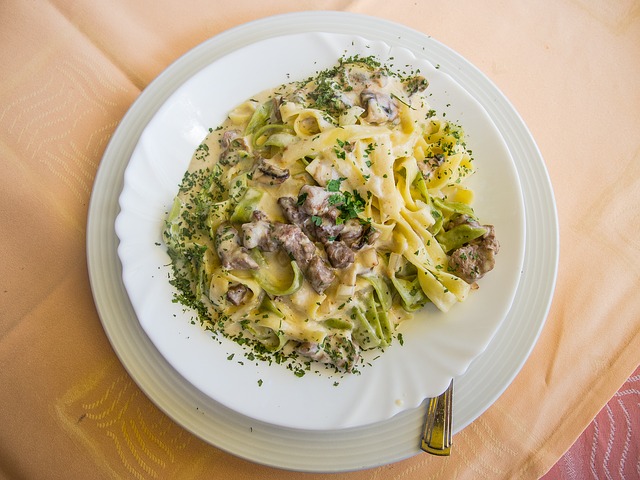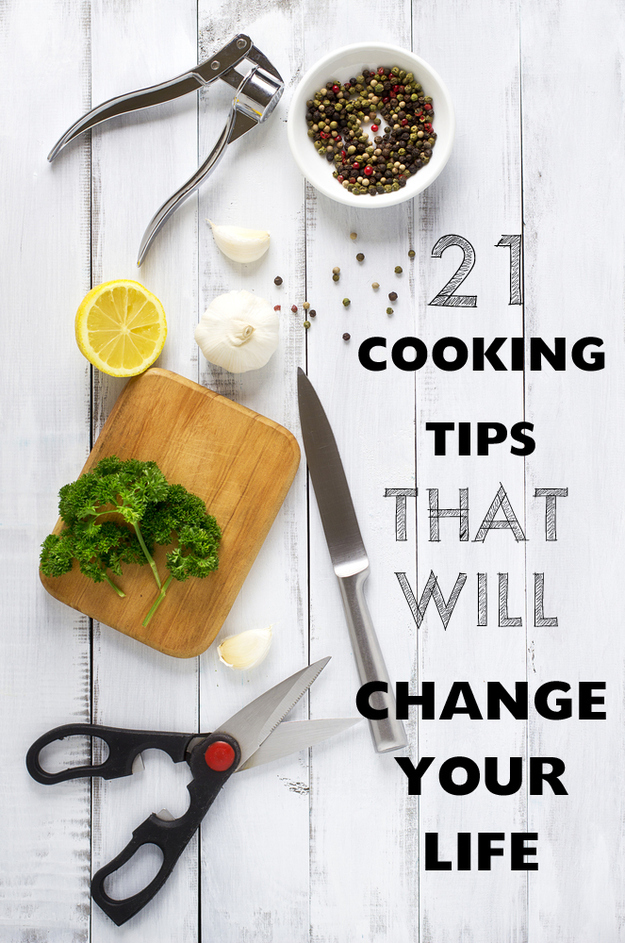
If you are passionate about cooking, then you have probably tried to learn advanced cooking techniques. French and Chinese techniques are two of the most well-known. How about Japanese or Chinese methods? Learn the best methods for poaching and steaming. Read on to discover how these methods work and why you need to learn them. You can apply these techniques to your everyday cooking. And don't forget to keep an eye out for cookbooks that explain these cooking methods in detail.
French cooking techniques
Traditional methods are the foundation of French cuisine. French chefs have been known for their ability to arrange everything and cook it slowly at low temperatures. This method is known as Confit and involves slowly cooking a variety of foods in fat over a low heat. In the same way, sauces are often made with alcohol. Typically, flambeing is used for desserts, but the alcohol in it can be poured over the food while it is still cooking to impart its flavor.
Chinese cooking techniques
Many complex techniques can be used in traditional Chinese cooking to make your food more delicious. Stir-frying is a technique that involves heating oil in a wok. Stir-frying involves quickly stirring the food until it achieves the desired texture. This method works best for small ingredients like vegetables and noodles. In addition to stir-frying, Chinese cuisine uses many other cooking methods to achieve different results.

French technique for steaming
Steaming is a cooking technique that circulates hot air around food. This allows for the preservation of all its nutrients and prevents it from becoming too fat. Steam is gentler than boiling water and is great for delicate foods. It is quick and easy to cook food this way, with no loss of nutrients or natural color. The French have long been masters of this technique, which can make cooking vegetables and fruits a joy.
Japanese technique of poaching
Poaching has become a popular technique worldwide. The Japanese have perfected slow-cooked fish. This method involves vacuum sealing food in plastic bags and slow cooking it at low heat. This technique produces a uniform texture and removes aromatics and other liquids, and the health benefits are obvious. Here's how you can poach salmon Japanese style.
Vietnamese technique for boiling
The traditional Vietnamese technique of boiling is a simple but highly effective way to cook rice. The method is based on steaming food in bamboo or metal trays. This method preserves the nutrients and eliminates oil. It can also be used to make seafood and sticky-rice. It is particularly useful for the poorest people in developing countries, who depend on unimproved water supplies. A few precautions are required, though.

FAQ
How do I become a Chef?
There are many avenues to become a professional chef. Start by enrolling in a class at a vocational school or community college. Then, look into attending culinary school. A paid internship is another option.
Is there a better career path for someone who dreams of becoming a chef? What are the best ways to start your career as a chef.
You should start as an apprentice if you are interested in becoming chef. Apprenticeships let you work for many years and pay no tuition fees. After your apprenticeship is completed, you can apply to be a sous chef. Sous chefs are responsible for supervising cooks and helping them prepare salads or desserts. They also oversee the entire operation of the restaurant.
How much does it cost for you to learn culinary arts?
There are many factors that influence the cost of learning culinary arts. A four year degree is typically around $40,000. On the other hand, a two-year associate's degree may cost less than $5,000. The tuition rate you choose depends on the program. Prices for tuition are higher in private institutions than they are for public ones.
Statistics
- In the United States, the category is estimated at $23.2 billion annually and is growing faster than the market. (washingtonpost.com)
- under 10 Kids have been taught that there is special food just for them, and Fiese says that 10 percent of kids will throw a tantrum if they don't get the food they want. (washingtonpost.com)
- The median pay for a chef or head cook is $53,380 per year or $25.66/hour, according to the U.S. Bureau of Labor Statistics (BLS). (learnhowtobecome.org)
External Links
How To
How to make an omelet that is perfect
Omelets have always been a favourite food to eat for breakfast. How can you make them perfectly? I've tried many recipes and different methods but none have worked. So today, I want to share some tips and tricks with you so you can make your own delicious and fluffy omelets every morning.
First, eggs can be very temperamental ingredients for making omelets. Eggs must be purchased fresh, preferably organic, and kept chilled until ready for cooking. The yolks and whites will not form properly if they aren't kept cold enough. This can make your omelets look bizarrely colored. It is best to use room-temperature eggs if you are going to cook them right away.
You might also try separating the egg before adding to the pan. It is important not to allow any white to mix with the yolk as this could lead to the omelet becoming curdled.
The egg can burn if it is placed directly on the stovetop. Instead, put the egg in the microwave for 10 seconds before putting it into the pan. The microwave heat will cook the egg just right without making it too hot.
Next, let us talk about how to mix the eggs. Mix eggs well together. You can do this by turning the bowl of your mixer upside down. Next, shake the bowl vigorously. The egg will be thoroughly mixed in the bowl as the air is whipped.
The fun part is now - adding the milk to the mixture. Fold the eggs in the milk mixture by first pouring half of it into the egg whites. Don't worry if there are still streaks of egg visible; these streaks will disappear once you flip the omelet.
After you have folded the eggs, heat the oil in a pan over medium heat. Once the oil has started to sizzle, turn the heat down to low. Once the oil begins to heat, add 1/4 cup butter and swirl the pan to coat it. Carefully open the pan's lid and add salt to the pan. The salt will help to prevent the omelet's sticking to the pan.
Cover the pan once you have formed the omelet. Wait for the top to set. Flip the omelet with a spatula, or flip it upside down. Cook the other side for another minute or two. Take out the omelet and place it in a bowl.
This recipe is best made with whole milk. However, it can also be used with skimmed milk.